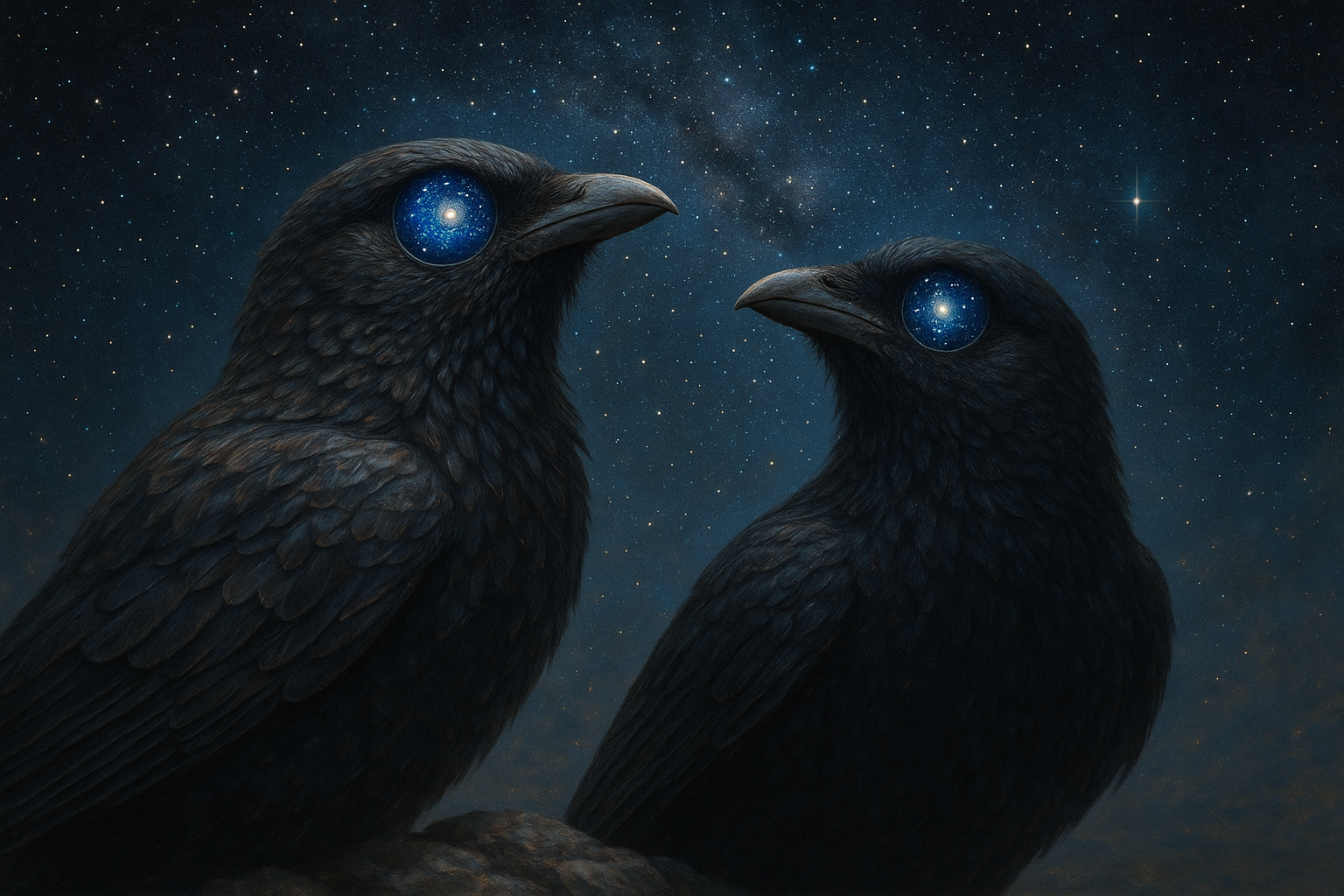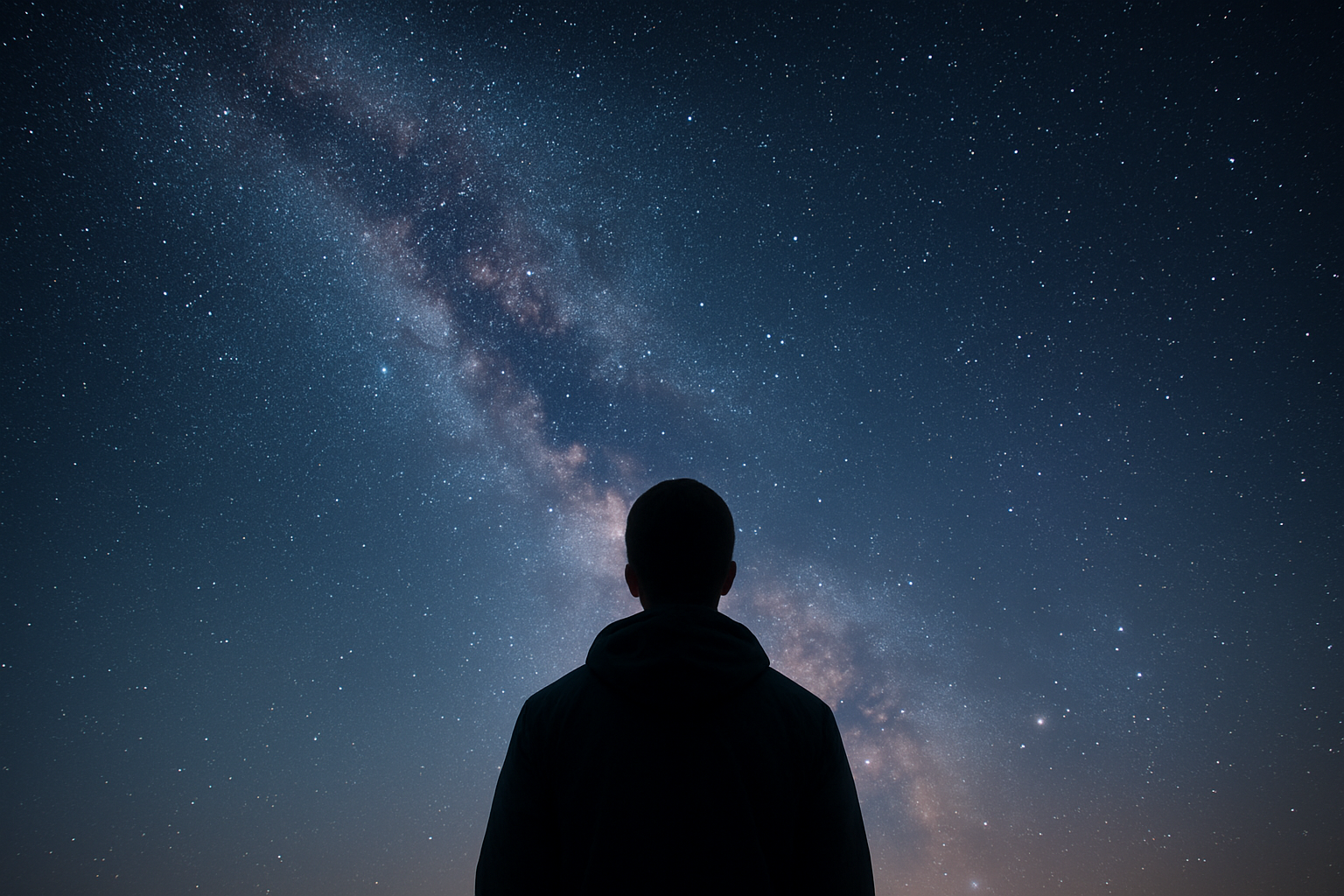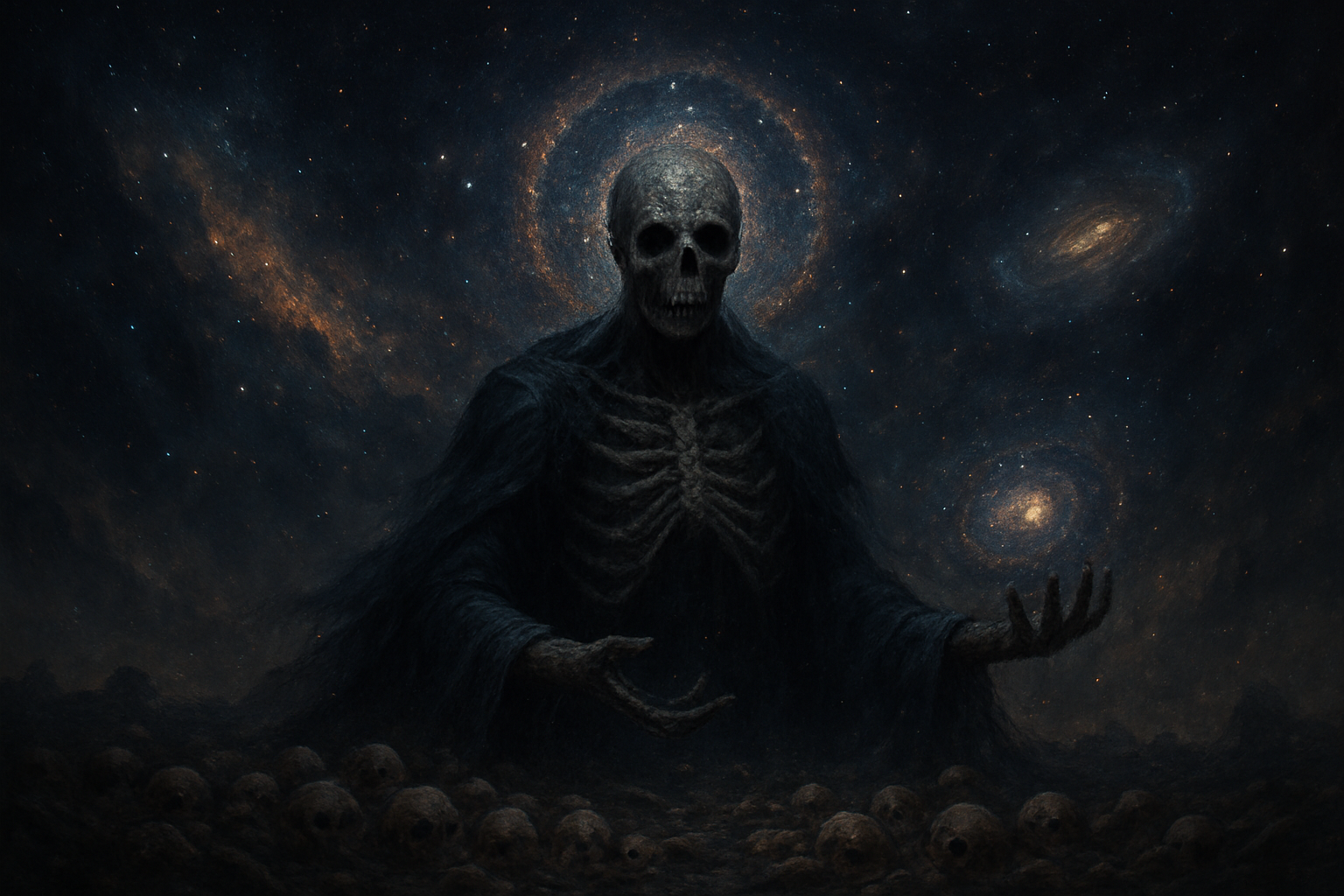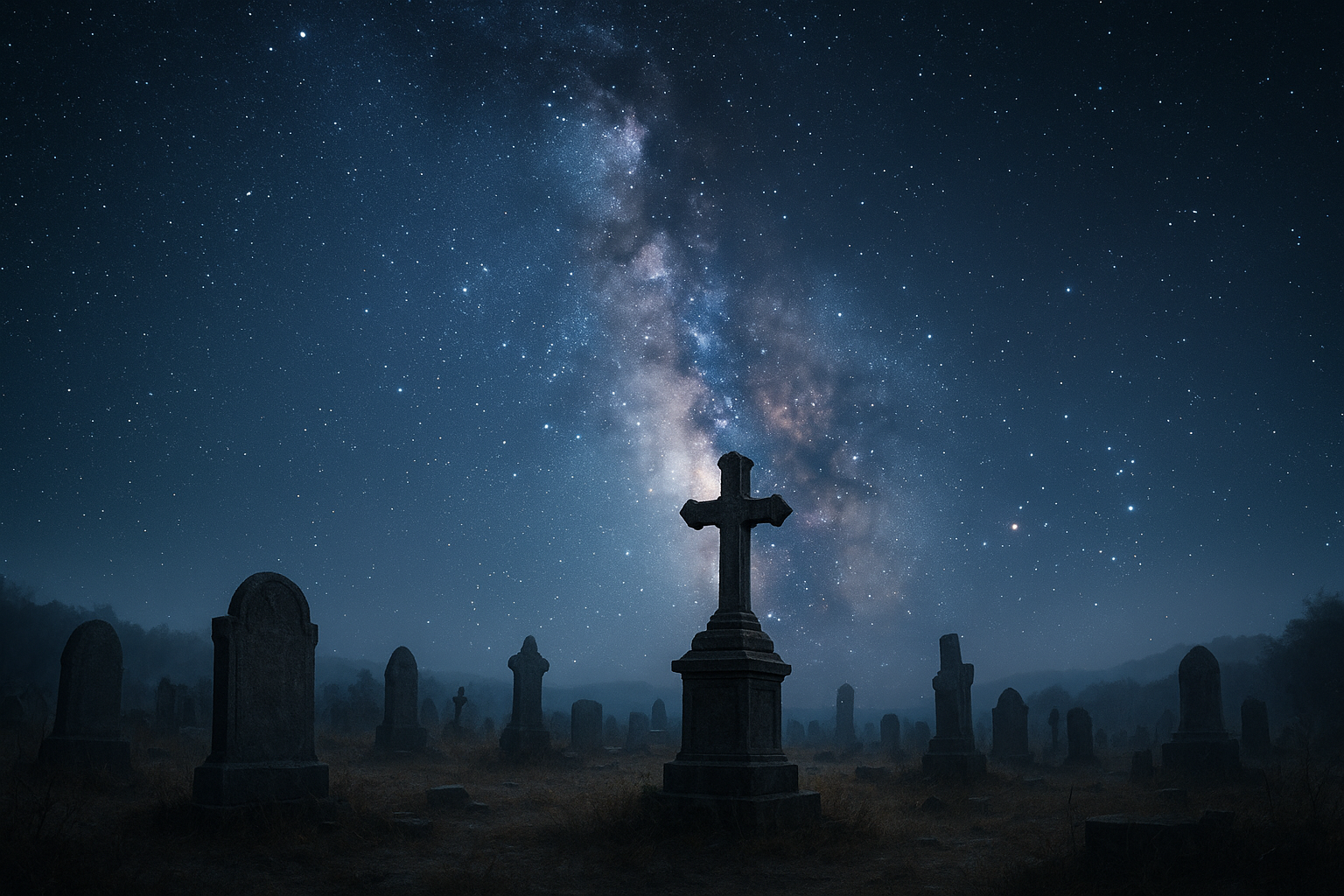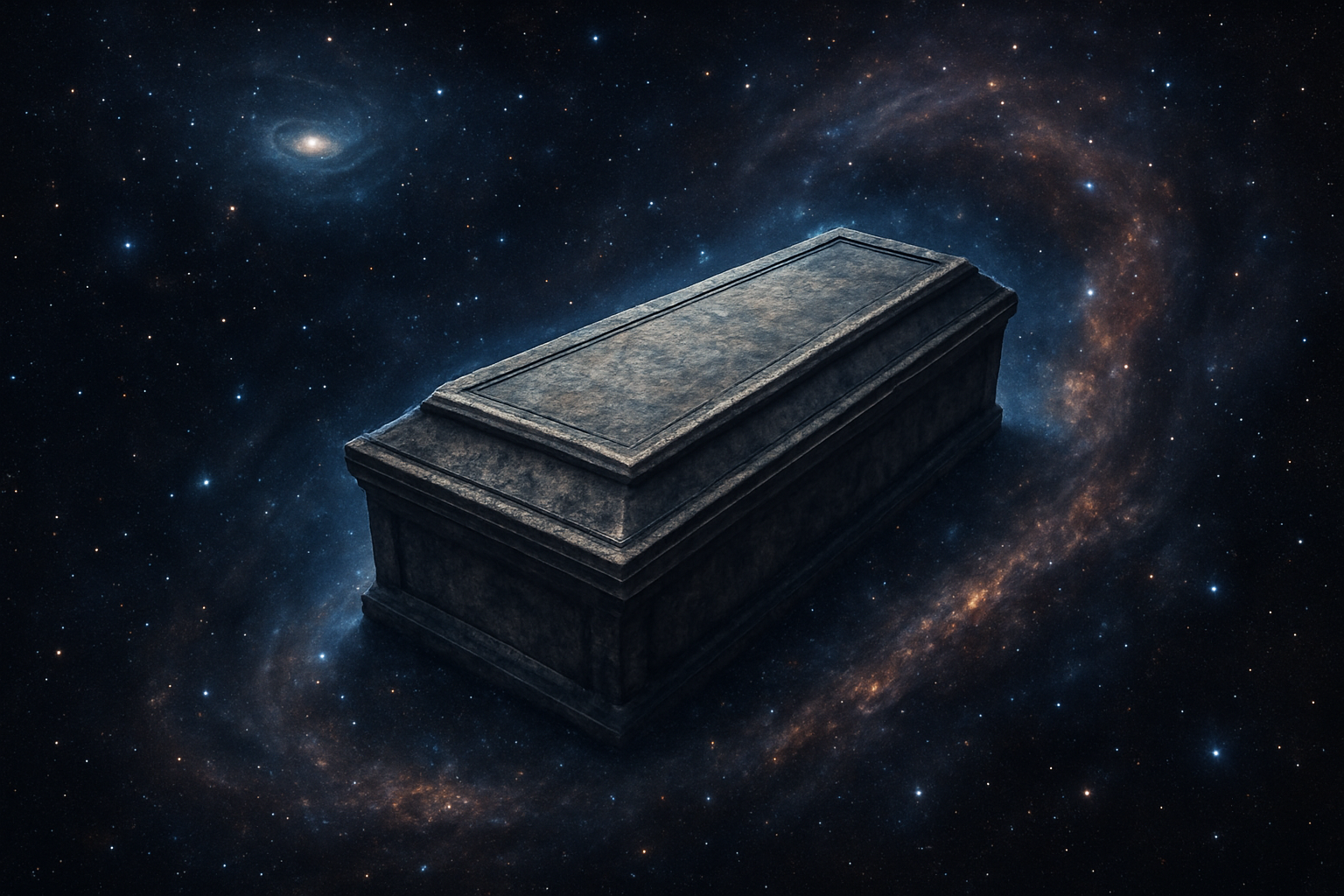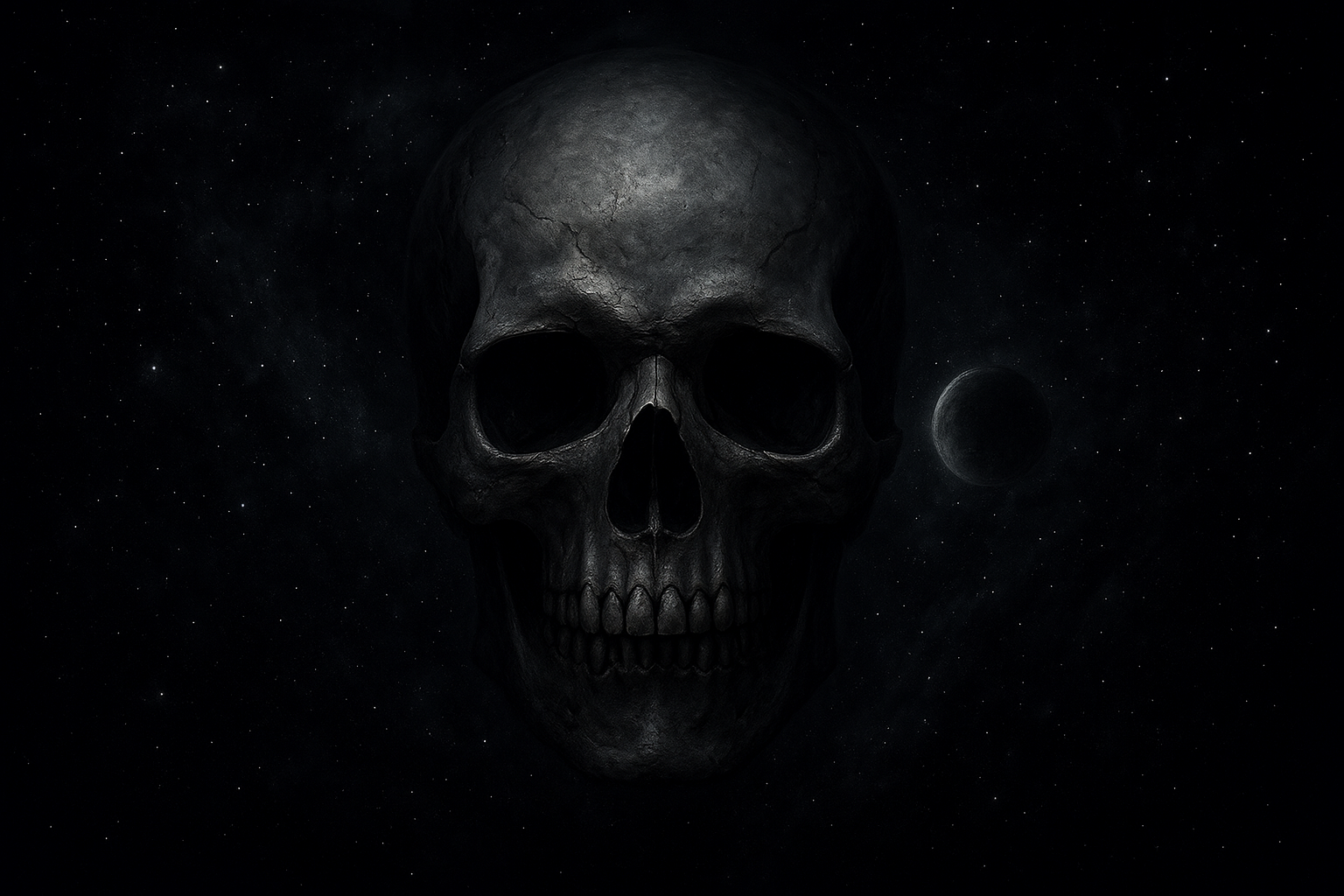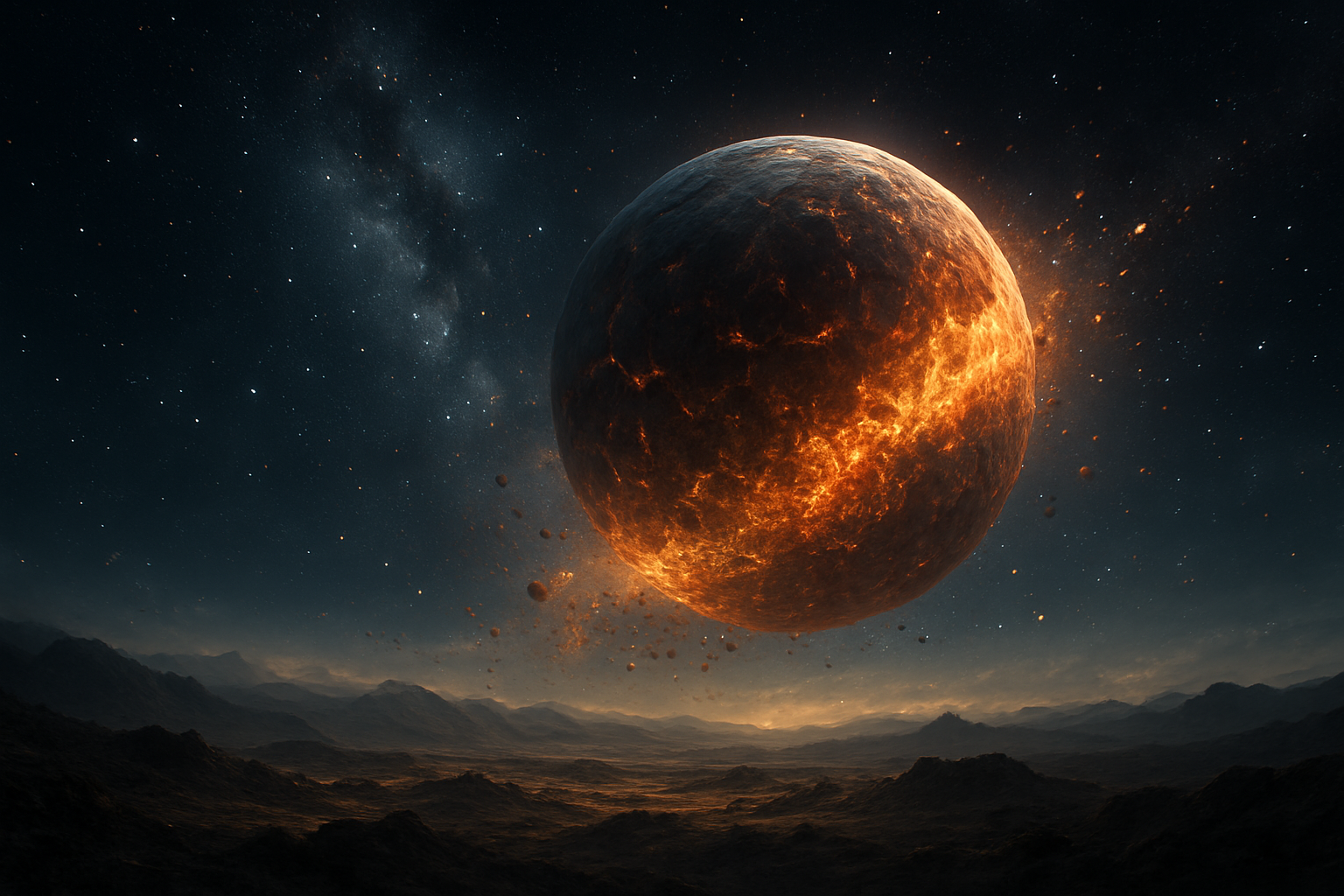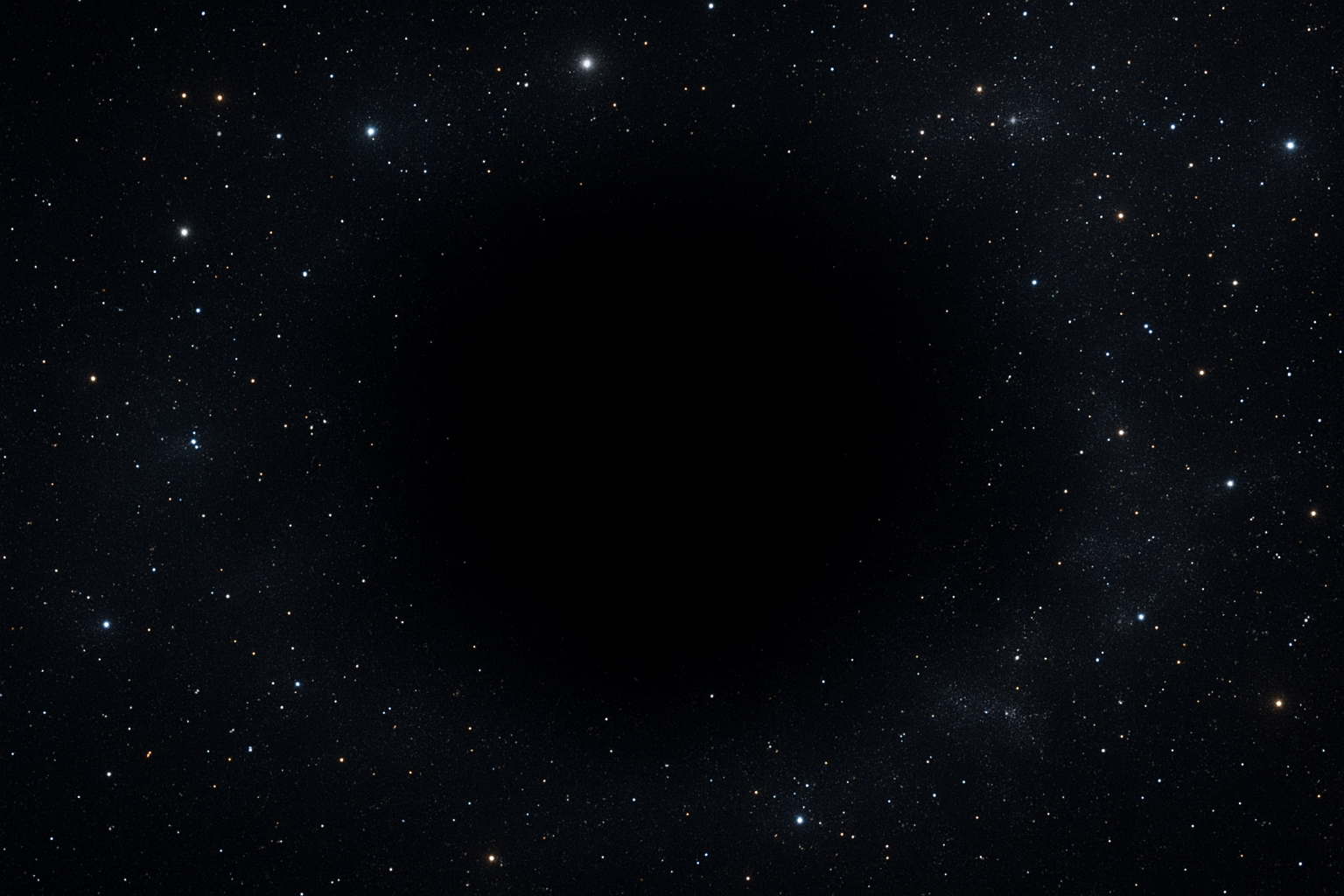Emptiness Between Stars: Mystery in the Void
The universe is an ever-expanding void, filled with celestial bodies that have fascinated humankind since time immemorial. However, what’s even more intriguing than these stellar phenomena is the vast emptiness that surrounds them—the seemingly endless stretch of nothingness that scientists have dubbed interstellar space. Although it is often overlooked amidst the brilliance of stars and galaxies, this profound emptiness between stars holds the deepest mysteries of our cosmos.
The Nature of Interstellar Space
Interstellar space is the region beyond the outer boundary of the solar system’s influence, a domain where the Sun’s gravitational pull gives way to the dynamics of the Milky Way galaxy. In terms of volume, it dominates our galaxy, yet it is populated by sparse specks of matter, remnants of supernovae, and invisible forces that we are only beginning to understand. This cosmic void is not entirely devoid of matter or energy—particles of gas and dust, magnetic fields, and cosmic rays wander through it, creating a rich medium for exploration.
“Space is hard—and it is because we are standing at the epoch of new space exploration that we are confronted more than ever with the crunchiness of the universe that lies beyond.” — Nicole Stott, NASA Astronaut
The Interstellar Medium
At the heart of the mystery of interstellar space lies the interstellar medium (ISM), a tenuous collection of gas, dust, and energetic particles. Approximately 99% of the ISM consists of gas in ionic, atomic, and molecular forms, while the remaining 1% is made up of dust particles. Although sparse, this medium plays a crucial role in the life cycle of stars, acting as both a womb and a grave for these celestial giants.
- Cosmic Clouds: The ISM isn’t homogeneous; instead, it forms vast clouds known as nebulae. These cosmic entities serve as the birthplaces of stars and planets, with their gravitational collapse leading to the formation of these bodies.
- Stellar Nurseries: The most famous of these stellar nurseries, like the Orion Nebula, paint a picture of how this seemingly void space can become a cradle for new stars.
Understanding the ISM’s composition and behavior is key to unravelling the nature of star formation and the dynamics of galactic evolution.
Mysteries in the Void
The vast emptiness between stars also raises numerous questions—a dance of mystery and knowledge. Among the most fascinating of these are the concepts of dark matter and dark energy, enigmatic forces thought to make up the majority of our universe.
- Dark Matter: Unlike baryonic matter (the ordinary matter that makes up planets, stars, and galaxies), dark matter does not interact with electromagnetic forces, making it invisible and detectable only through its gravitational effects.
- Dark Energy: Even more perplexing, dark energy is hypothesized to be responsible for the universe’s accelerated expansion, a discovery awarded the Nobel Prize in Physics in 2011.
“We know that dark matter makes up about 27% of the content of the universe. The only problem is, we don’t know what it is.” — Jan Tauber, European Space Agency
These invisible phenomena suggest that the empty spaces between stars may not be as empty as they seem, hiding forces that could fundamentally alter our understanding of physics and the universe itself.
The Voyagers’ Journey Through the Void
No discussion of interstellar space would be complete without mentioning humanity’s first forays into the void—the Voyager spacecraft. Launched in 1977, Voyagers 1 and 2 have traveled beyond the heliosphere, our Sun’s domain, into interstellar space. These craft have provided invaluable data about the properties of the void and continue to push the boundaries of human exploration.
- Pioneering Discoveries: The Voyagers have measured changes in particle densities, magnetic fields, and cosmic rays, offering direct evidence of the ISM’s elusive nature.
- Endurance in Space: Their longevity and the continuous data they provide are testaments to human ingenuity, acting as beacons of exploration beyond our solar neighborhood.
“Every time we obtain a new data set, we find ourselves asking more questions.” — Ed Stone, Voyager Project Scientist
As the Voyagers journey onwards, they symbolize the flame of curiosity that drives us to explore and understand these cosmic blank slates.
The Philosophical Implications of Emptiness
The notion of emptiness carries profound philosophical implications transcending the boundaries of science. Throughout history, space has been a metaphor for infinity, an infinite backdrop to our existence that has fueled both existential pondering and artistic expression.
The Cosmic Perspective:
- Renowned astrophysicist Carl Sagan eloquently summarized this notion: “The cosmos is within us. We are made of star-stuff. We are a way for the universe to know itself.” Sagan’s words emphasize our intrinsic connection to the universe, encouraging us to reflect on our place within it.
- The void inspires not only scientific inquiry but also existential thought, prompting questions about our role in a seemingly indifferent universe.
Whether through the eye of a telescope or the lens of philosophical inquiry, the emptiness between stars challenges us to look beyond the confines of our blue planet and reach for answers in the great unknown.
Looking Forward
The empty spaces between stars hold questions that beckon future generations of astronomers and philosophers alike. As our technology progresses, new missions and telescopes may one day peer deeper into the void, uncovering secrets that have been veiled by darkness and distance.
As the universe continues to expand, so too does our understanding. The emptiness between the stars is more than just nothingness—it is a tantalizing invitation to explore, to discover, and to contemplate the infinite possibilities that lie within the shadowy realms of space.
